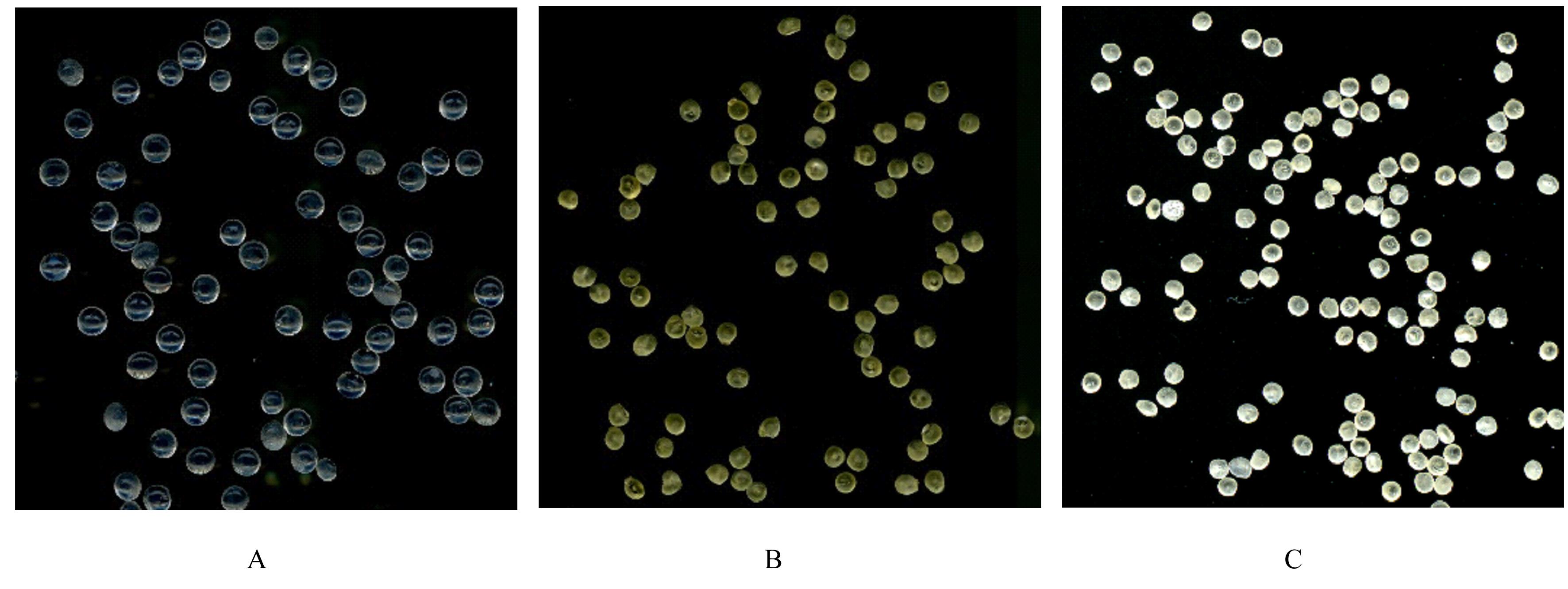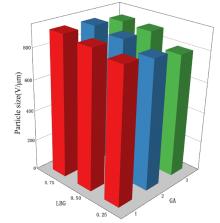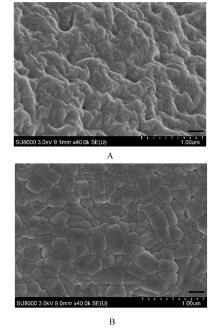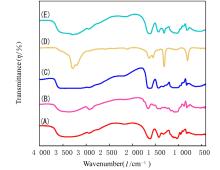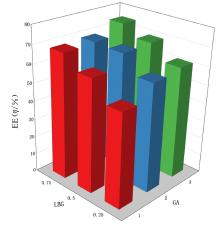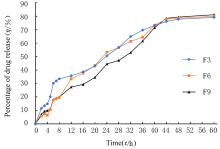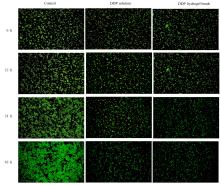| [1] |
Lisong CHEN,Hui FANG,Hefei WANG,Chengyuan HE,Xiaodong GAI,Chun LI.
Effects of Notch1 signaling pathway on invasion and cisplatin resistance of lung adenocarcinoma cells and their mechanisms
[J]. Journal of Jilin University(Medicine Edition), 2021, 47(5): 1171-1177.
|
| [2] |
Yingjun REN, Hui ZHANG, Ying ZHOU.
Inhibitory effects of centromere protein U knockdown on self-renewal, cisplatin resistance and Wnt/β-catenin signaling activity in cisplatin resistant ovarian cancer cells
[J]. Journal of Jilin University(Medicine Edition), 2021, 47(3): 608-614.
|
| [3] |
Shuang MIAO,Na NI,Lijuan YANG,Yan WU,Xuelin LI,Hongliang DONG,Kaikai GONG.
Synergistic inhibitory effect of aaptamine and cisplatin on cisplatin resistant human lung adenocarcinoma A549/DDP cells
[J]. Journal of Jilin University(Medicine Edition), 2021, 47(1): 8-15.
|
| [4] |
WEN Qingyi, JIAO Miaomiao, XIE Xiao, PEN Jingyu, DONG Fengge, WEI Xue, YANG Ming.
Inhibitory effect of disulfiram combined with cisplatin on triple negative breast cancer MDA-MB-231 cells and its mechanism
[J]. Journal of Jilin University(Medicine Edition), 2020, 46(03): 523-529.
|
| [5] |
FANG Hui, YANG Hongyu, MA Xuzhe, CHEN Lisong, GAI Xiaodong, LI Chun.
Effects of FOXP3 on cell proliferation and chemosensitivity to cisplatin in lung adenocarcinoma cells
[J]. Journal of Jilin University(Medicine Edition), 2019, 45(06): 1261-1266.
|
| [6] |
LI Wenjing, TIAN Songbo, CHENG Dongmei, LIU Congna, CUI Zhanqin.
Promotion effect of nerve growth factor on regeneration of young permanent dental pulp tissue in Beagle dogs
[J]. Journal of Jilin University(Medicine Edition), 2019, 45(05): 1075-1079.
|
| [7] |
YU Yang, ZHANG Yuepei, WANG Runze, LIU Shibing, XU Lu, XU Ye.
Influence of CoCl2 in cisplatin sensitivity of human ovarian cancer SKOV3 cells
[J]. Journal of Jilin University(Medicine Edition), 2019, 45(01): 1-6.
|
| [8] |
SUN Hong, LI Shuofeng, CUI Jing, ZHANG Ershuai, LI Jingwu, XIONG Yanjie, MA Litao, YAO Fanglian, CHE Pengcheng.
Preventive effect of MXG hycrogel on recurrentadhesion between abdominal wall and cecum and its influence in expressions of TGF-β1 and CTGF in rats
[J]. Journal of Jilin University Medicine Edition, 2018, 44(02): 223-228.
|
| [9] |
MA Hongyun, ZHUANG Xinming, XU Weiguo, LIU Yi.
Inhibitory effects of hyaluronic acid nanoparticles loading doxorubicin and cisplatin on allograft breast cancer in mice
[J]. Journal of Jilin University Medicine Edition, 2018, 44(02): 243-248.
|
| [10] |
DENG Ziliang, WANG Sen, LI Peng, XIE Kuilong, LI Shuxian, ZHOU Shixiong, HE Xiaozhou, CHEN Dong, GUO Hongsheng.
Enhancement of IL-37 in chemosensitivity of cervical cancer HeLa cells to cisplatin
[J]. Journal of Jilin University Medicine Edition, 2017, 43(05): 862-866.
|
| [11] |
WEN Simin, YU Duo, LYU Xin, WANG Tiejun.
Influence of docetaxel combined with cisplatinand single-agent cisplatin concurrent chemoradiotherapy in prognosis of patients with advanced cervical cancer and evaluation on security
[J]. Journal of Jilin University Medicine Edition, 2017, 43(05): 1002-1008.
|
| [12] |
XU Lu, ZENG Linchuan, YU Yang, DOU Minghan, LU Shibing, LI Songyan, XU Ye.
Role of Ca2+ in cisplatin-induced autophagy of cervical cancer HeLa cells
[J]. Journal of Jilin University Medicine Edition, 2016, 42(06): 1045-1048.
|
| [13] |
ZHOU Lijia, XU Zhaonan, BI Ye, YANG He, ZHANG Zebing, WANG Shuyu, JIA Jie.
Inhibitory effect of poly(lactic acid) electrospun membranes loaded with cisplatin and chloroquine on proliferation of oral squamous cell carcinoma CAL-27 cells
[J]. Journal of Jilin University Medicine Edition, 2016, 42(05): 892-896.
|
| [14] |
CHEN Moran, ZHAO Xingyu, LUO Jun, ZHU Wenhe, LI Yan, ZHANG Wei.
Pomotion effect of juglone combined with cisplatin on apoptosis of human cervical cancer HeLa cells and its mechanism
[J]. Journal of Jilin University Medicine Edition, 2016, 42(05): 901-904.
|
| [15] |
JIANG Hui, ZHANG Tongfei, YANG He, XU Zhaonan, BI Ye, SUN Shu, ZHANG Zebing, JIA Jie.
Establishment of human tongue squamous cell carcinoma cisplatin resistant cell line CAL-27/DDPand its biological evaluation
[J]. Journal of Jilin University Medicine Edition, 2016, 42(03): 506-511.
|
 ),Xiufeng HAO2(
),Xiufeng HAO2( )
)

